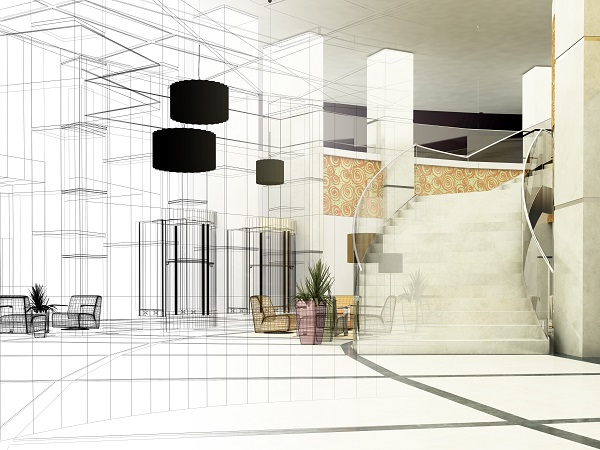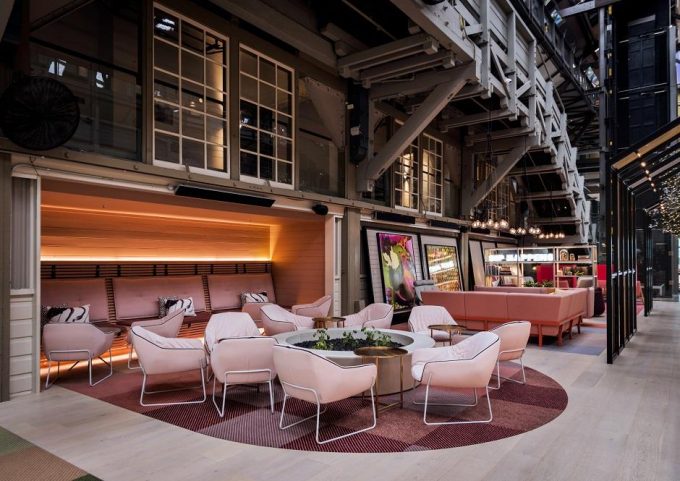
Design for success: the importance of getting it right the first time
Time and time again throughout my career I have seen the impact poor planning and a lack of conceptual thinking at the earliest stages of a new project has on the future resort or hotel operations and even its long-term viability.
This led me to return to study interior architecture after completing a degree in hotel management as I could see that the cost of not getting it right from the beginning would impact on the future viability of the development forever. With more capital being raised to rectify the design oversights. As project design manager and the future general manager, I had a vested interest in seeing that the design would support my operations output and enable me to deliver service excellence.
It hardly seems possible when there is such huge investment of cash injected to develop hotels and resorts and even restaurants that things could go so wrong. But again and again and again there is a recurring theme of waste, additional cost impositions, and limited opportunities for the life-long future of the development. The main reason for this is that the right minds were not brought to the table early enough, before putting pen to paper and rushing into a concept plan, and before financial commitment had been made to a specific plan or strategy.
Once the project is underway, financial commitment has commenced to this brief, and any change will incur additional fees and costs. These can be prohibitive: no-one wants to hear it then, even if the entire viability of the project may be compromised as a result. So the project continues unchanged, unabated. Tinkering a little bit here and a little bit there; ultimately, the operator and then the investor will ‘pay the price’.
But it really does not cost more to get it right the first time. I was recently thrilled to be part of a design charrette for an all new, luxury carbon positive resort development proposed for the Caribbean. I told the investor my most significant contribution would be before any decisions were made. The opportunity to review the project mission and values, to visit the site, and to identify the future target markets would enable me to help guide the first planning stages and ensure a lot of angst and money was saved.
This review was then followed by a group of diverse but talented individuals who had also been to the site, and were fully briefed on the values and mission statement, the strengths, the weaknesses the opportunities and the threats to the project. Brought together in one room to brainstorm how this project (the first of a brand) may evolve, taking into consideration the inputs of these experts. Refreshingly, the focus was totally on what would be the best solution for the project, the location, the site and also to clearly define a target market and product offering. Sitting around the table, the developer, management operators, experts on sustainable strategies, marketing and financial experts all offered their expertise to the lively debate in the pre-planning program. The first of many such meetings to ensure inclusion and understanding of each decision and its potential impact on the project.
How often are the most basic practical designs overlooked? For instance, the impact of mother nature, normal everyday environment, and geography. It is quite extraordinary that time and again, these basic immutable impacts are not designed for. Neglected through ignorance or worse, an arrogant lack of appreciation for what this means to the everyday life of the staff and the guests! Access issues, service delivery solutions relevant to that particular site for supplies and for the guests, and more.
Recently, I was managing a resort where there had been literally no consideration given by the architect for storage! The only solution was to add a separate stand-alone warehouse to enable operations to function! Luckily, the land in a suitable location was available and an extra $500,000 later, the unexpected cost imposition compromised the completion of the final resort fit-out.
Designing for ethnicity, culture, inclusive demographics and in the context of the future opportunities for guest services and operations. It always begs the question, ‘would this design solution be the same proffered if the money was coming out of their own pocket’? Does it meet the test of relevance? Is it practical? What will the consumer value? Does it aide and support operations or impose lifelong and unnecessary costs? Is the investor paying for the personal ego and brand statement of the designer?
Delivering a ‘wow’ will help get attention and attract media interest in an ever more challenging space to get attention. Understanding where this wow is important and how to deliver it without breaking the bank is also crucial. You definitely need the ‘wow’, but creativity and careful planning will deliver most of what is needed, as well as a special focus on operations and the guest experience.
You cannot design a resort or hotel well if this thinking is not done long before locking in the design and plan concept. The design should be holistic, end to end; not creating a box with walls, then trying to force this box into a viable operation solution.
What is the menu concept? How will guests arrive? What is their arrival experience? These are very important to understand very early on; as is understanding the time and motion of the work outputs and the resources available to deliver them.
This is increasingly important as the cost of labor increases, especially in more mature markets as is the need to design in flexibility to enable change to markets as the expectations of the consumer shift.
Karen Taylor is the Director at Taylor Dade Consulting. Check out more of her columns in future issues of Resort News and AMG.





